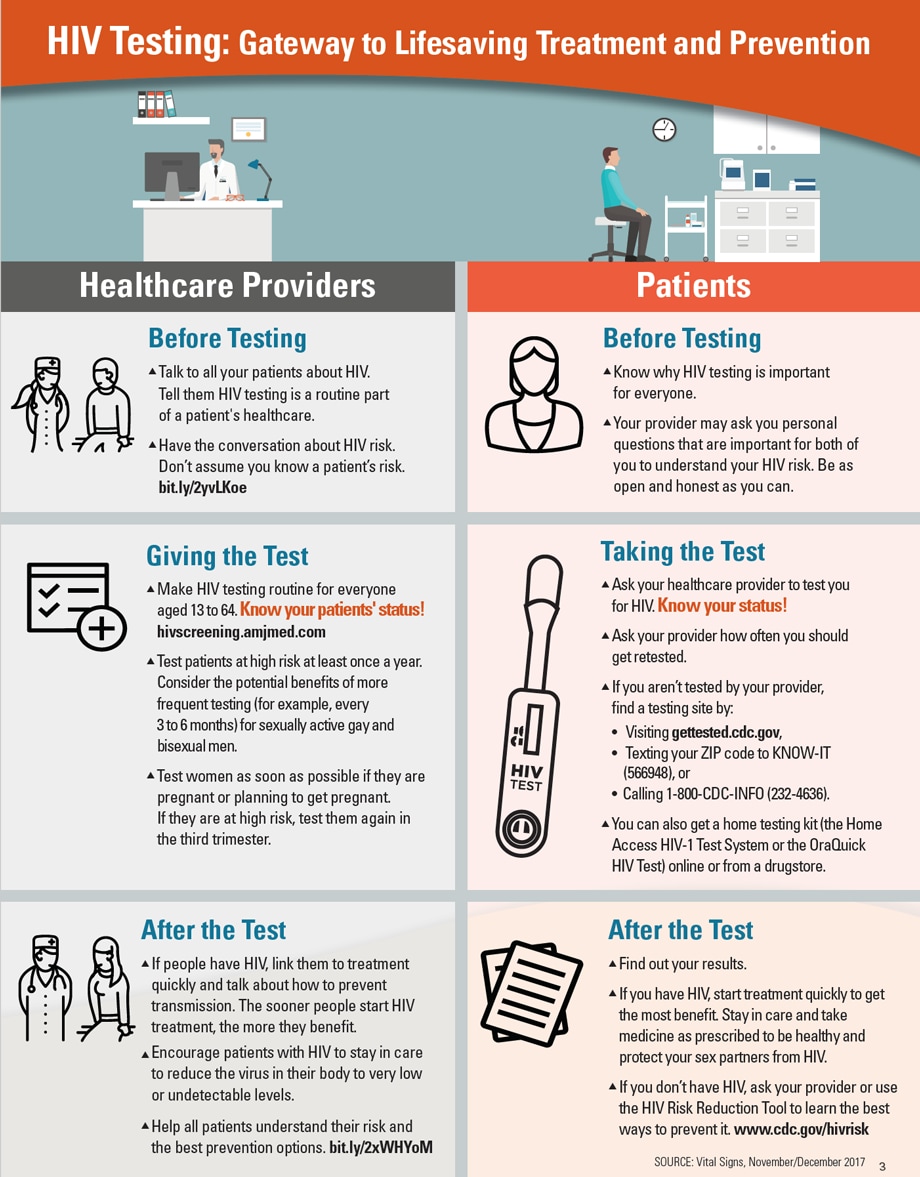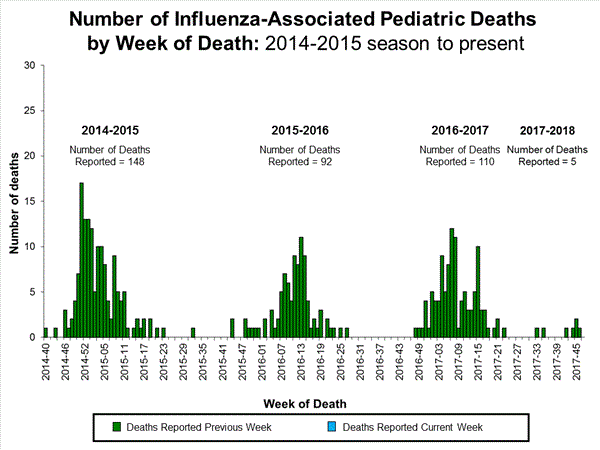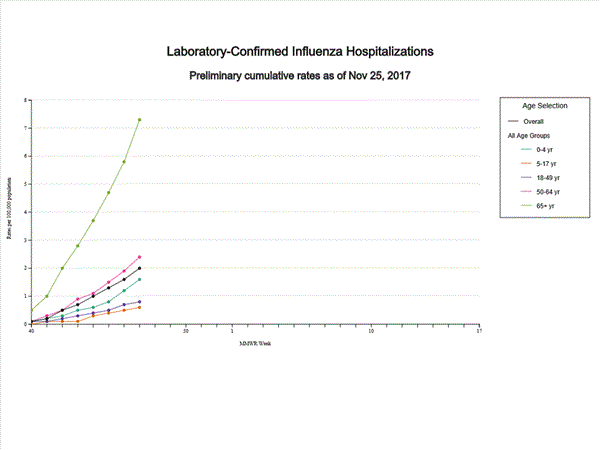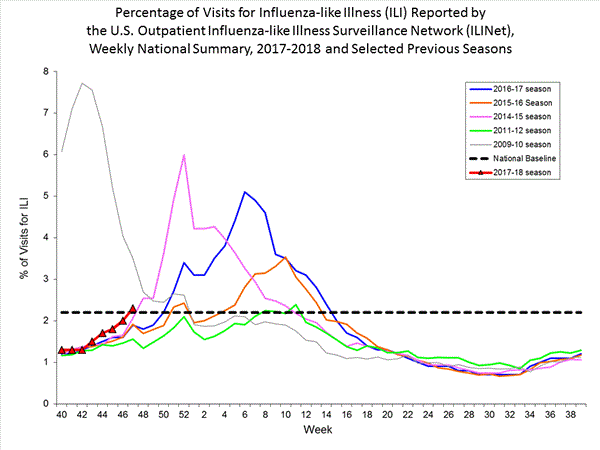Archive for December, 2017
A fast-moving, wind-fueled wildfire swept into the city of Ventura early Tuesday, burning homes and forcing thousands to evacuate.
Tuesday, December 5th, 2017Speaking Out: Roma Women’s Experiences in Reproductive Health Care in Slovakia, documents the personal stories of 38 Roma women from marginalised communities who reported discrimination and abuse in reproductive and maternal health care facilities in eastern Slovakia.
Monday, December 4th, 2017“…..An estimated 400,000 Roma live in Slovakia, comprising 7.45 percent of the country’s population…..”
Dec. 3, 1984: More than 4,000 people died after a cloud of gas escaped from a pesticide plant operated by a Union Carbide subsidiary in Bhopal, India.
Sunday, December 3rd, 2017Venezuela: “We have to choose between medicine and food.”
Sunday, December 3rd, 2017- “…..The nation is on the verge of, and by some measures already in, an extraordinary period of hyperinflation, with the inflation rate above 800 percent through October. Next year, consumer prices are forecast by the International Monetary Fund to soar more than 2,300 percent…..”
“There is no such thing as Rohingya,” said U Kyaw San Hla, an officer in Rakhine’s state security ministry. “It is fake news.”
Sunday, December 3rd, 2017- “….human rights watchdogs warn that much of the evidence of the Rohingya’s history in Myanmar is in danger of being eradicated by a military campaign….”
- “….Since late August, more than 620,000 Rohingya Muslims, about two-thirds of the population that lived in Myanmar in 2016, have fled to Bangladesh,……”
Brutal attacks on Rohingya meant to make their return almost impossible – UN human rights report
GENEVA (11 October 2017) – Brutal attacks against Rohingya in northern Rakhine State have been well-organised, coordinated and systematic, with the intent of not only driving the population out of Myanmar but preventing them from returning to their homes, a new UN report based on interviews conducted in Bangladesh has found.
The report by a team from the UN Human Rights Office, who met with the newly arrived Rohingya in Cox’s Bazar from 14 to 24 September 2017, states that human rights violations committed against the Rohingya population were carried out by Myanmar security forces often in concert with armed Rakhine Buddhist individuals. The report, released on Wednesday, is based on some 65 interviews with individuals and groups.
It also highlights a strategy to “instil deep and widespread fear and trauma – physical, emotional and psychological” among the Rohingya population.
More than 500,000 Rohingya have fled to Bangladesh since the Myanmar security forces launched an operation in response to alleged attacks by militants on 25 August against 30 police posts and a regimental headquarters. The report states the “clearance operations” started before 25 August 2017, and as early as the beginning of August.
The UN Human Rights Office is gravely concerned for the safety of hundreds of thousands of Rohingya who remain in northern Rakhine State amid reports the violence is still ongoing, and calls on authorities to immediately allow humanitarian and human rights actors unfettered access to the stricken areas.
The report cites testimony from witnesses that security forces scorched dwellings and entire villages, were responsible for extrajudicial and summary executions, rape and other forms of sexual violence, torture and attacks on places of worship. Eyewitnesses reported numerous killings, saying some victims were deliberately targeted and others were killed through explosions, fire and stray bullets.
A 12-year old girl from Rathedaung township described how “the [Myanmar security forces and Rakhine Buddhist individuals] surrounded our house and started to shoot. It was a situation of panic – they shot my sister in front of me, she was only seven years old. She cried and told me to run. I tried to protect her and care for her, but we had no medical assistance on the hillside and she was bleeding so much that after one day she died. I buried her myself.”
The report states that in some cases, before and during the attacks, megaphones were used to announce: “You do not belong here – go to Bangladesh. If you do not leave, we will torch your houses and kill you.”
Credible information indicates that the Myanmar security forces purposely destroyed the property of the Rohingyas, targeting their houses, fields, food-stocks, crops, livestock and even trees, to render the possibility of the Rohingya returning to normal lives and livelihoods in the future in northern Rakhine almost impossible.
UN Human Rights chief Zeid Ra’ad Al Hussein, who has described the Government operations in northern Rakhine State as “a textbook example of ethnic cleansing,” has also urged the Government to immediately end its “cruel” security operation. By denying the Rohingya population their political, civil, economic and cultural rights, including the right to citizenship, he said, the Government’s actions appear to be “a cynical ploy to forcibly transfer large numbers of people without possibility of return.”
The report indicates that efforts were taken to effectively erase signs of memorable landmarks in the geography of the Rohingya landscape and memory in such a way that a return to their lands would yield nothing but a desolate and unrecognizable terrain.
Information received also indicates that the Myanmar security forces targeted teachers, the cultural and religious leadership, and other people of influence of the Rohingya community in an effort to diminish Rohingya history, culture and knowledge.
ENDS
To read the full report, see: http://www.ohchr.org/Documents/Countries/MM/CXBMissionSummaryFindingsOctober2017.pdf
For more information and media requests, please contact:Rupert Colville – + 41 22 917 9767 / rcolville@ohchr.orgLiz Throssell – + 41 22 917 9466 / ethrossell@ohchr.org Jeremy Laurence – + 41 22 917 9383 / jlaurence@ohchr.org
H7N9 viruses are rare 2nd warning of public health threat
Saturday, December 2nd, 2017“…Each year since 2013, H7N9 outbreaks have recurred in ‘waves’; over the course of 5 waves, 1 624 human cases including 612 deaths have been confirmed, resulting in a case fatality rate of 39%; though the virus was not pathogenic for poultry. The 5th wave in 2017 has been the most severe and has caused more human infections than any earlier wave….”
Week 47 (November 19-25, 2017): Flu activity increased in the United States.
Saturday, December 2nd, 2017During week 47 (November 19-25, 2017), influenza activity increased in the United States.
- Viral Surveillance: The most frequently identified influenza virus type reported by public health laboratories during week 47 was influenza A. The percentage of respiratory specimens testing positive for influenza in clinical laboratories is increasing.
- Novel Influenza A Virus: One human infection with a novel influenza A virus was reported.
- Pneumonia and Influenza Mortality: The proportion of deaths attributed to pneumonia and influenza (P&I) was below the system-specific epidemic threshold in the National Center for Health Statistics (NCHS) Mortality Surveillance System.
- Influenza-associated Pediatric Deaths: No influenza-associated pediatric deaths were reported.
- Influenza-associated Hospitalizations: A cumulative rate of 2.0 laboratory-confirmed influenza-associated hospitalizations per 100,000 population was reported.
- Outpatient Illness Surveillance:The proportion of outpatient visits for influenza-like illness (ILI) was 2.3%, which is above the national baseline of 2.2%. Regions 1, 4, 6 and 7 reported ILI at or above region-specific baseline levels. Three states experienced high ILI activity; one state experienced moderate ILI activity; 10 states experienced low ILI activity; the District of Columbia, New York City and 36 states experienced minimal ILI activity; and Puerto Rico had insufficient data.
- Geographic Spread of Influenza:The geographic spread of influenza in four states was reported as widespread; Guam and 10 states reported regional activity; Puerto Rico and 24 states reported local activity; and the District of Columbia, the U.S. Virgin Islands and 12 states reported sporadic activity.
<!–
–>
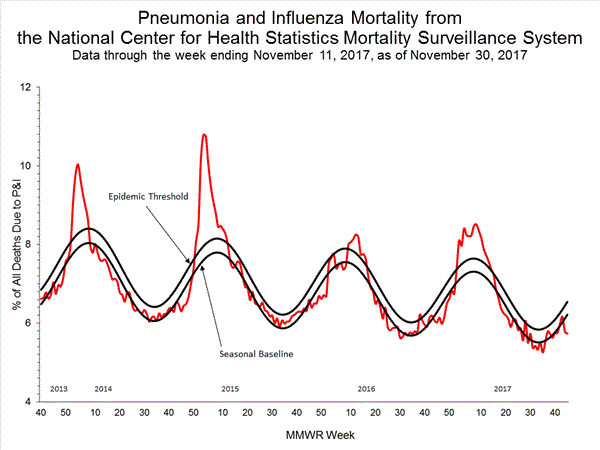
World AIDS Day — December 1, 2017
Friday, December 1st, 2017World AIDS Day, observed each year on December 1, draws attention to the status of the human immunodeficiency virus/acquired immunodeficiency syndrome (HIV/AIDS) epidemic worldwide. The first cases of AIDS were reported in the June 5, 1981, issue of MMWR (1). Today, approximately 36.7 million persons worldwide are living with HIV infection, including approximately 1.8 million persons who were newly infected during 2016 (2). Although the number of annual AIDS-related deaths has declined 48% since 2005, an estimated 1 million persons worldwide died from AIDS in 2016 (2).
In the United States, approximately 39,800 persons received a diagnosis of HIV infection in 2016 (3). In 2014, an estimated 1.1 million persons in the United States were living with HIV infection, and 85% were aware of their infection (4).
Global efforts, including the U.S. President’s Emergency Plan for AIDS Relief, for which CDC is an important implementing agency, resulted in 19.5 million persons worldwide receiving antiretroviral therapy for HIV infection in 2016, an increase from 17.1 million in 2015 (5).
References
- CDC. Pneumocystis pneumonia—Los Angeles. MMWR Morb Mortal Wkly Rep 1981;30:250–2. https://www.cdc.gov/mmwr/preview/mmwrhtml/june_5.htm PubMed
- Joint United Nations Programme on HIV/AIDS. UNAIDS data 2017. Geneva, Switzerland: Joint United Nations Programme on HIV/AIDS; 2017. http://www.unaids.org/sites/default/files/media_asset/20170720_Data_book_2017_en.pdf
- CDC. Diagnoses of HIV infection in the United States and dependent areas, 2016. HIV surveillance report 2016:28. https://www.cdc.gov/hiv/library/reports/hiv-surveillance.html
- CDC. Monitoring selected national HIV prevention and care objectives by using HIV surveillance data—United States and 6 dependent areas, 2015. HIV surveillance supplemental report 2017:22(2). https://www.cdc.gov/hiv/pdf/library/reports/surveillance/cdc-hiv-surveillance-supplemental-report-vol-22-2.pdf
- Joint United Nations Programme on HIV/AIDS. Ending AIDS progress towards the 90–90–90 targets. Global AIDS update, 2017. Geneva, Switzerland: Joint United Nations Programme on HIV/AIDS; 2017. http://www.unaids.org/sites/default/files/media_asset/Global_AIDS_update_2017_en.pdf
Suggested citation for this article: World AIDS Day — December 1, 2017. MMWR Morb Mortal Wkly Rep 2017;66:1285. DOI: http://dx.doi.org/10.15585/mmwr.mm6647a1.
12/1/1958: A fire at a grade school in Chicago kills 90 students
Friday, December 1st, 2017- Before December 1958, the building did not have any sprinklers and there were no regular preparatory drills conducted.
HIV/AIDS: About 40% of new HIV infections come from people who don’t know they have HIV.
Friday, December 1st, 2017